For decades, the cheetah has held the prestigious title of being the fastest land animal on Earth, capable of reaching speeds up to 70 mph (112 km/h). This remarkable feline has been celebrated in documentaries, textbooks, and popular culture as the ultimate speed demon of the animal kingdom. However, recent research and advanced measurement techniques have revealed a surprising truth: the cheetah isn’t actually the fastest animal on Earth. When we expand our view beyond land-dwelling mammals and consider the entire animal kingdom, including birds and insects, the rankings shift dramatically. This article explores the true speed champions across different environments and reveals which creatures actually deserve the title of “fastest animal on Earth.”
The Peregrine Falcon: True Speed Champion

When it comes to pure speed, the peregrine falcon (Falco peregrinus) leaves the cheetah in the dust. During its hunting dive, called a stoop, this remarkable bird of prey can reach speeds of over 240 mph (386 km/h). That’s more than three times faster than a cheetah’s top speed! The peregrine achieves this by climbing to great heights, then folding its wings and diving toward its prey, essentially turning itself into a living missile. Its body is specially adapted for these high-velocity dives, with aerodynamic features that reduce drag and prevent damage from the intense air pressure. These adaptations include specialized nostrils that deflect air away from the respiratory system and incredibly dense bones that can withstand the forces experienced during the dive.
Understanding Different Types of Speed

When discussing the fastest animals, it’s important to differentiate between various types of speed. The cheetah excels at horizontal running speed, while the peregrine falcon dominates in diving speed. Other metrics to consider include acceleration, maneuverability, and endurance. For example, the Anna’s hummingbird can accelerate to 385 body lengths per second during its courtship dives, which is the highest recorded acceleration of any vertebrate. By comparison, a fighter jet typically achieves only about 7 body lengths per second. This perspective gives us a more nuanced understanding of speed in the animal kingdom and helps explain why different animals excel in different environments and hunting situations.
The Brazilian Free-tailed Bat: Surprising Sky Speedster
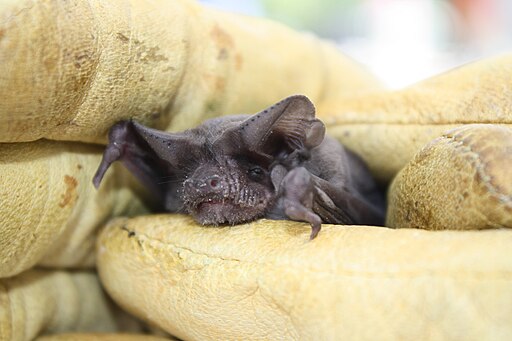
While bats might not immediately come to mind when thinking about speed, the Brazilian free-tailed bat (Tadarida brasiliensis) has been recorded flying horizontally at speeds up to 100 mph (160 km/h). This makes it the fastest flying mammal and possibly the fastest flying animal in horizontal flight. Using advanced tracking technology, researchers discovered these small mammals routinely reach speeds that surpass those of many birds. Their streamlined bodies and long, narrow wings enable them to achieve these remarkable velocities. What makes this even more impressive is that unlike diving birds, which use gravity to accelerate, these bats achieve their speeds through powered flight alone. Their impressive speed helps them cover vast distances during migration and allows them to feed at higher altitudes where faster-flying insects can be found.
Swift Birds Live Up to Their Name
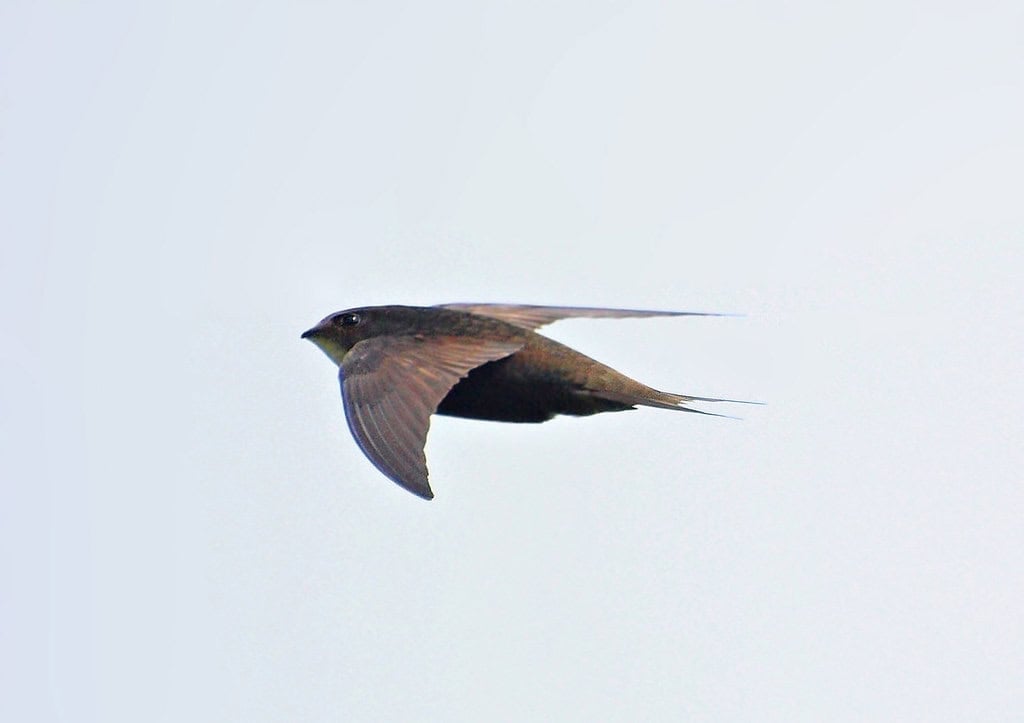
The common swift (Apus apus) and its relatives are aptly named for their incredible aerial abilities. These birds can maintain horizontal flight speeds of 70 mph (112 km/h) for extended periods, making them among the fastest birds in level flight. Even more remarkably, swifts spend almost their entire lives in the air—they eat, drink, sleep, and even mate while flying. Some individuals may stay airborne continuously for up to ten months! Their crescent-shaped wings and lightweight, streamlined bodies are perfectly adapted for sustained high-speed flight. The spine-tailed swift (Hirundapus caudacutus), a close relative, has been recorded at speeds up to 106 mph (171 km/h) in level flight, making it potentially the fastest bird in horizontal powered flight.
Insect Speed Champions: Deer Botfly
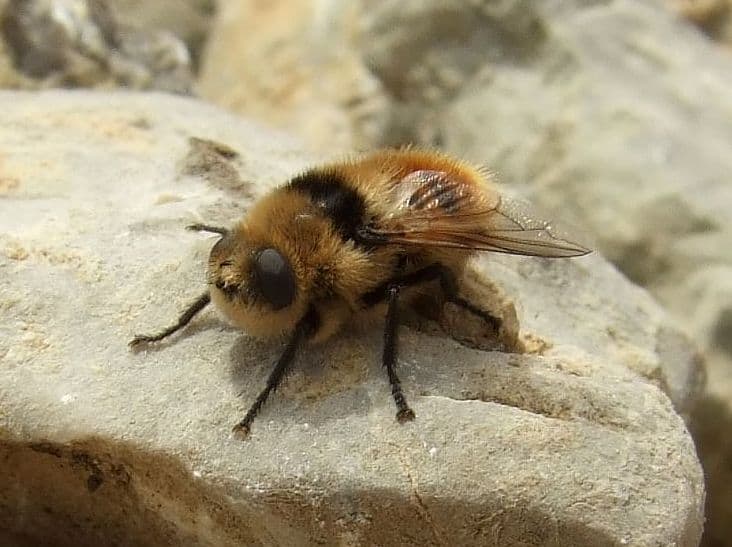
The insect world also has its speed demons, with the deer botfly (Cephenemyia) claiming the title of fastest flying insect. These robust flies have been clocked at speeds of up to 90 mph (145 km/h). This is particularly astonishing considering their small size—they’re achieving speeds that would be equivalent to humans running at thousands of miles per hour if scaled to our size. The deer botfly uses this exceptional speed to chase down deer, its preferred host for laying eggs. Other speedy insects include dragonflies, which can reach speeds of 35 mph (56 km/h), and certain species of horseflies. These insects demonstrate that impressive speed isn’t limited to large animals and can evolve wherever there’s ecological pressure for rapid movement.
Aquatic Speed: Sailfish Rule the Waves

In the water, the champion speedster is the sailfish (Istiophorus), capable of bursts up to 68 mph (110 km/h). These magnificent ocean predators use their speed to hunt schools of smaller fish, slashing through them with their distinctive bills. Their streamlined bodies, powerful muscles, and large crescent-shaped tails provide the propulsion needed for these incredible bursts of speed. Other notably fast aquatic animals include the black marlin (80 mph/129 km/h) and the mako shark (60 mph/97 km/h). Water creates much more resistance than air, making these speeds all the more impressive. The sailfish’s distinctive sail-like dorsal fin may also play a role in its speed capabilities, possibly by stabilizing the fish during high-speed runs or reducing turbulence.
The Cheetah: Dethroned but Still Remarkable

While the cheetah may have lost its crown as the fastest animal on Earth, it remains an extraordinary creature with impressive adaptations for speed. Its slender body, deep chest, specialized semi-retractable claws, and flexible spine all contribute to its remarkable acceleration—it can go from 0 to 60 mph (97 km/h) in just three seconds, faster than most sports cars. The cheetah’s top recorded speed is around 70 mph (112 km/h), though it can only maintain this pace for short distances, typically less than 1,500 feet (457 meters). Unlike some of the other animals discussed, the cheetah relies entirely on its speed for hunting success, making it perhaps the most speed-dependent large predator. This specialization comes at a cost—cheetahs exhaust quickly and often lose their prey to larger, more powerful predators.
Speed Relative to Body Size
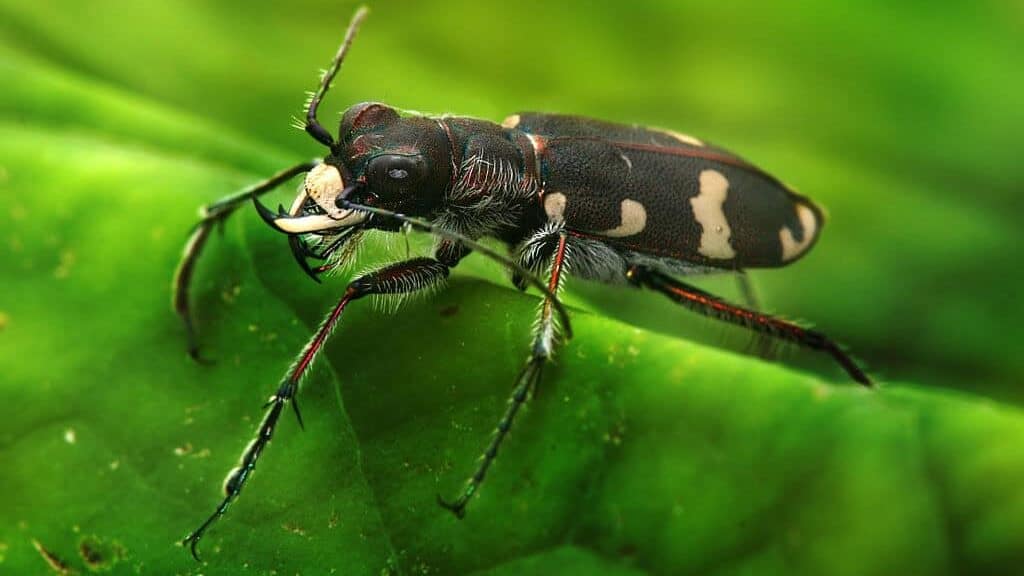
When we consider speed relative to body size, a different set of champions emerges. The Australian tiger beetle (Cicindela hudsoni) can run at a speed of 5.6 mph (9 km/h), which doesn’t sound impressive until you realize this is equivalent to 171 body lengths per second. If a human could move at the same relative speed, they would be traveling at roughly 1,200 mph (1,931 km/h)—faster than the speed of sound! Similarly, the mite Paratarsotomus macropalpis can run at up to 322 body lengths per second, making it the fastest land animal relative to its size. These examples demonstrate how evolutionary adaptations for speed operate differently at various scales, with smaller animals often achieving much higher relative speeds than their larger counterparts due to the physics of movement at different sizes.
Measuring Animal Speed: Challenges and Technologies

Accurately measuring animal speed presents significant challenges. Traditional methods like stopwatches and radar guns have given way to more sophisticated technologies. Today, researchers use high-speed cameras, radar, GPS trackers, and even wind tunnel tests to capture precise measurements. These advances have led to revisions in our understanding of animal speeds—many earlier estimates have been proven inaccurate. For instance, the sailfish’s speed was once thought to be nearly 110 mph (177 km/h) based on anecdotal evidence, but modern measurements have revised this figure downward to a still-impressive 68 mph (110 km/h). Similarly, new research continues to refine our understanding of the peregrine falcon’s diving speed, with the current record standing at approximately 242 mph (389 km/h) under optimal conditions.
Evolutionary Drivers of Speed
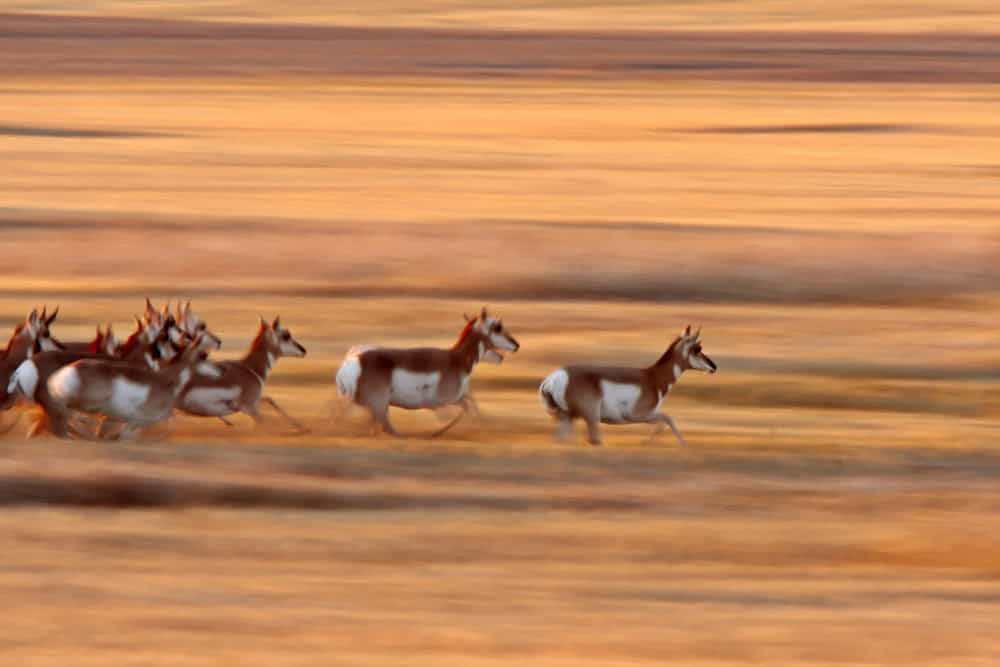
Speed in the animal kingdom doesn’t evolve in a vacuum—it’s driven by specific ecological pressures. For predators like the peregrine falcon and cheetah, speed provides a hunting advantage, allowing them to catch prey that might otherwise escape. For prey species like the pronghorn antelope, which can maintain speeds of 55 mph (89 km/h) for extended periods, speed offers protection from predators. Interestingly, the pronghorn evolved alongside now-extinct American cheetahs, explaining why it can run much faster than its current predators require. Migration requirements also drive speed evolution, as seen in birds that need to cover vast distances efficiently. Competition for mates can also select for speed, particularly in display flights and pursuits during courtship. Understanding these evolutionary pressures helps explain the distribution of speed capabilities across different animal groups.
The Physics of Animal Speed

The physics underlying animal speed varies dramatically across environments. In air, animals must overcome drag while generating sufficient lift and thrust. Birds like the peregrine falcon use gravity to their advantage during dives, converting potential energy to kinetic energy. In water, animals face much higher resistance, requiring different adaptations—streamlined bodies, powerful propulsion mechanisms, and sometimes techniques to reduce drag through boundary layer manipulation. On land, animals must contend with gravity and friction while generating forward momentum through leg movements. The physical constraints of different environments explain why the speed records vary so dramatically—240+ mph for diving birds, 70+ mph for running mammals, and 60+ mph for swimming fish. Furthermore, the scaling laws of physics mean that the relative forces animals experience change with size, explaining why smaller animals can achieve higher relative speeds.
Human Speed: How We Compare

Humans are notably slow compared to the speed champions of the animal kingdom. The fastest human, Usain Bolt, reached a top speed of about 27.8 mph (44.7 km/h) during his world record 100-meter sprint—less than half the speed of a cheetah and just a fraction of the peregrine falcon’s diving speed. Even when using technology to enhance our capabilities, we’re often outpaced by nature. The fastest human-powered vehicles, specialized recumbent bicycles, have reached speeds just over 89 mph (143 km/h) under ideal conditions. Our relatively poor speed performance stems from our evolutionary history—humans evolved as endurance hunters, relying on persistence rather than burst speed to exhaust prey over long distances. While we may not win any natural speed competitions, our intelligence has allowed us to create technologies that far surpass animal speeds, with rockets and spacecraft reaching tens of thousands of miles per hour.
The revelation that the cheetah isn’t the fastest animal on Earth provides a valuable lesson about the diversity and specialization in nature. Different environments—air, land, and water—present unique challenges and opportunities for speed, resulting in remarkable adaptations across the animal kingdom. From the peregrine falcon’s spectacular dives to the sailfish’s underwater sprints, from the cheetah’s explosive acceleration to the tiny mite’s mind-boggling relative speed, each represents an evolutionary solution to specific ecological demands. By broadening our perspective beyond just land animals, we gain a more complete understanding of nature’s speed champions and the fascinating adaptations that enable their remarkable performances. The next time you hear someone mention the “fastest animal on Earth,” you’ll know there’s much more to the story than just cheetahs—a reminder that nature’s wonders often exceed our initial understanding and continue to surprise us with their complexity and diversity.
- The Coldest Town in America—And How People Survive There - August 9, 2025
- How Some Birds “Steal” Parenting Duties From Others - August 9, 2025
- 12 Deep-Sea Creatures You Won’t Believe Exist - August 9, 2025

